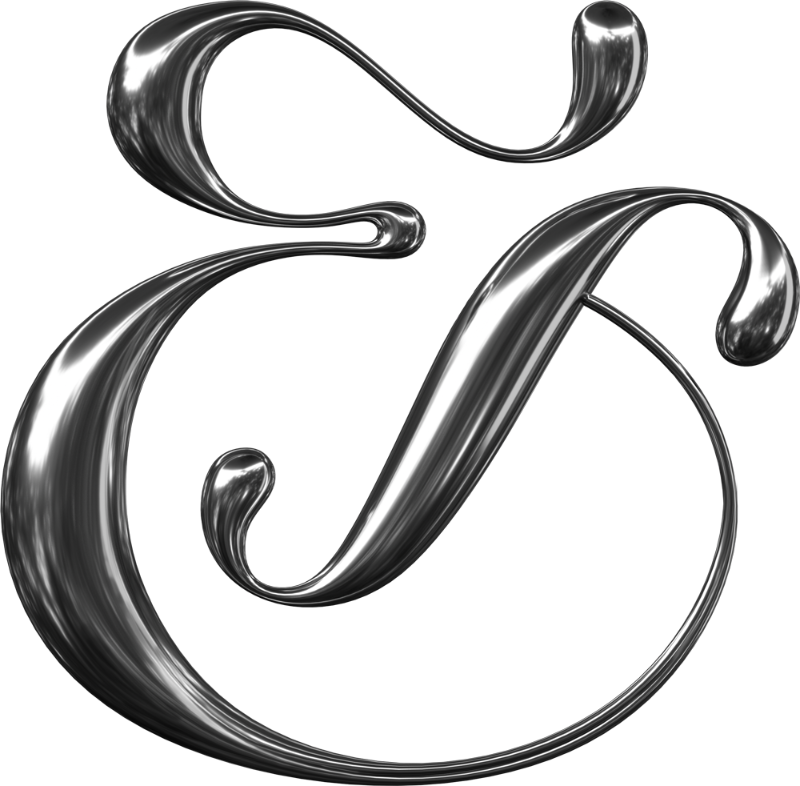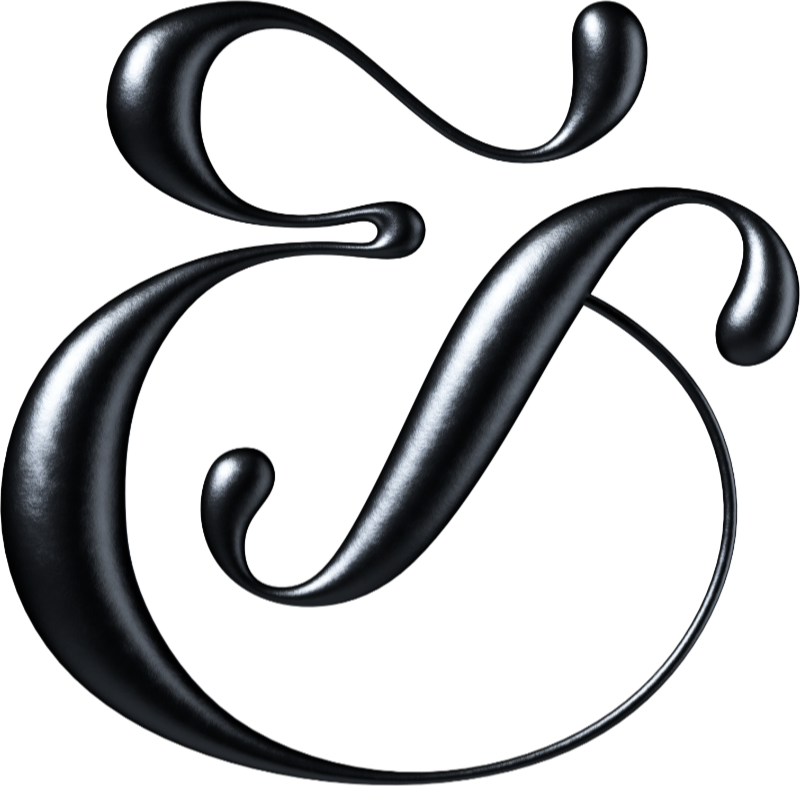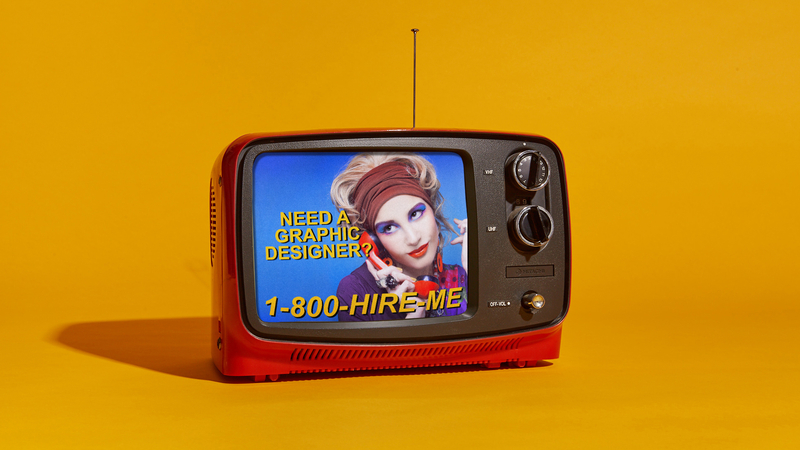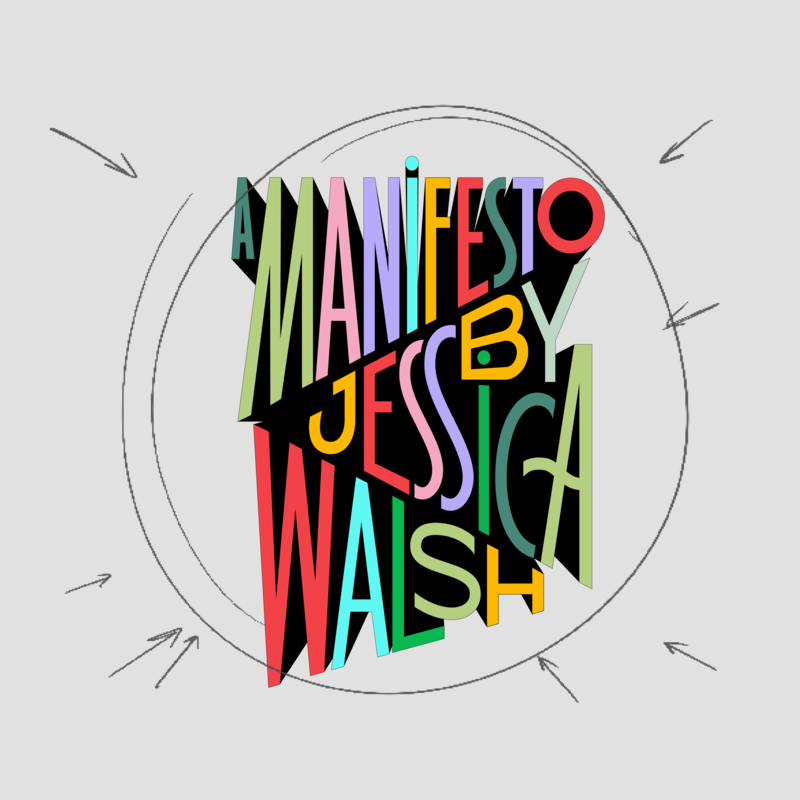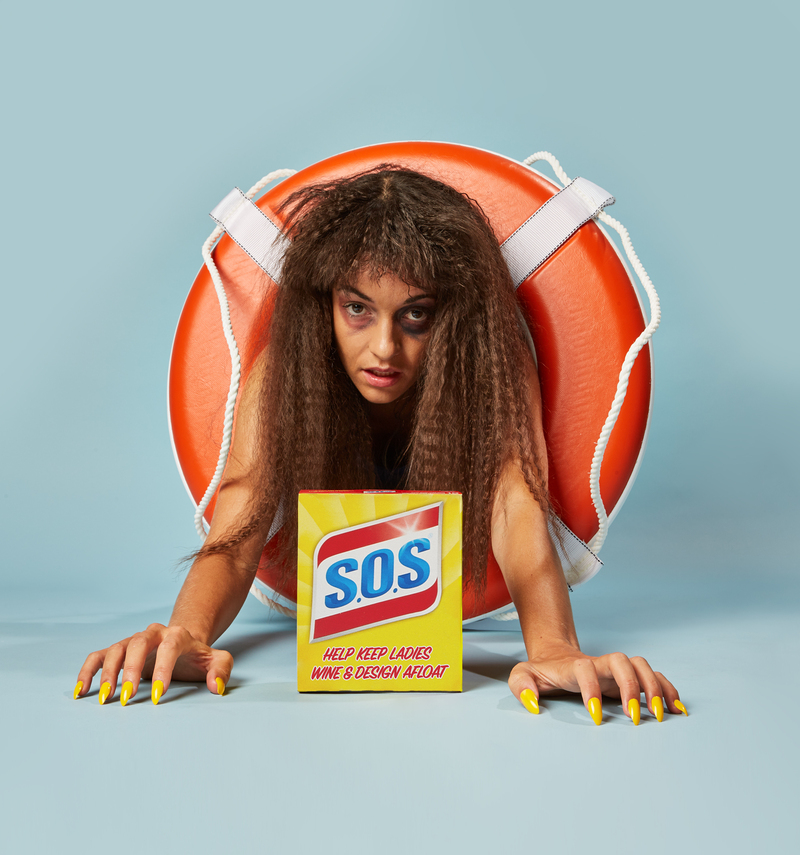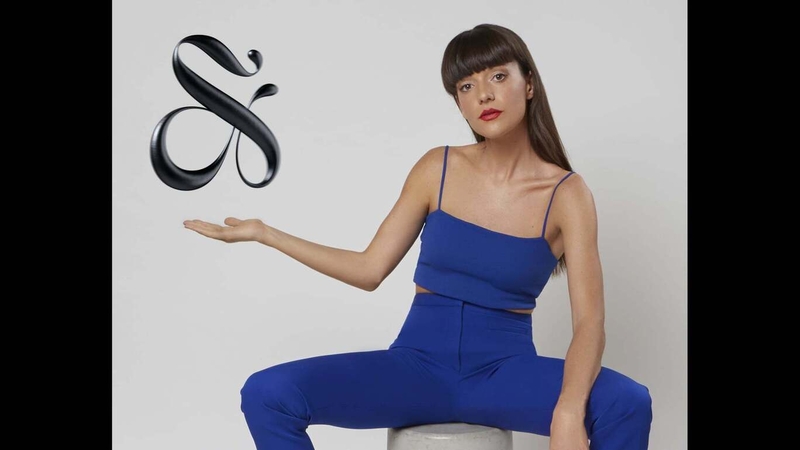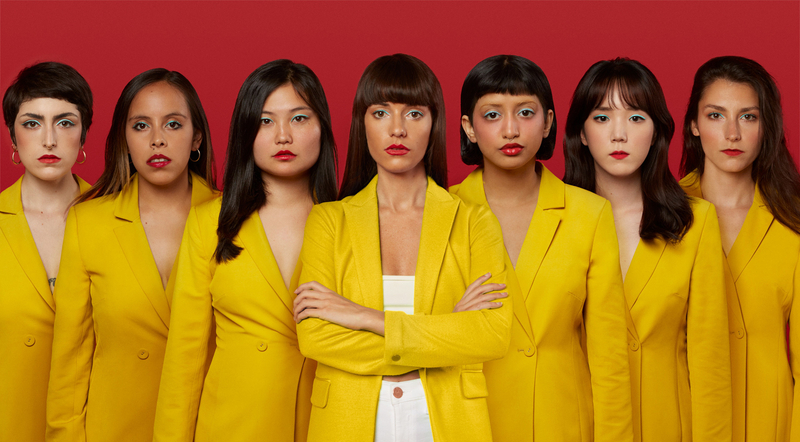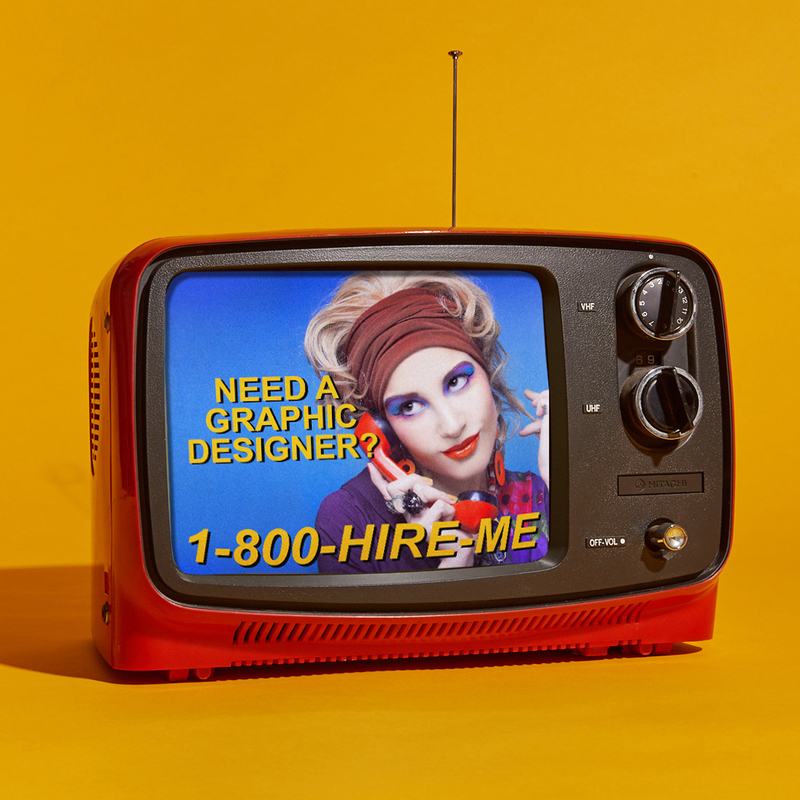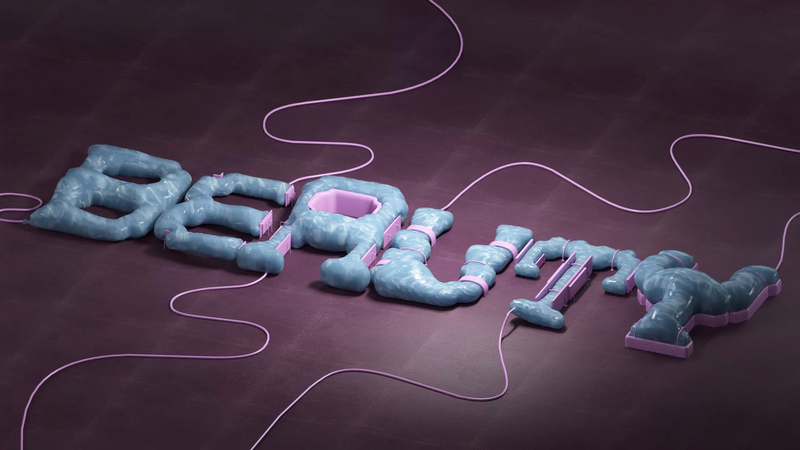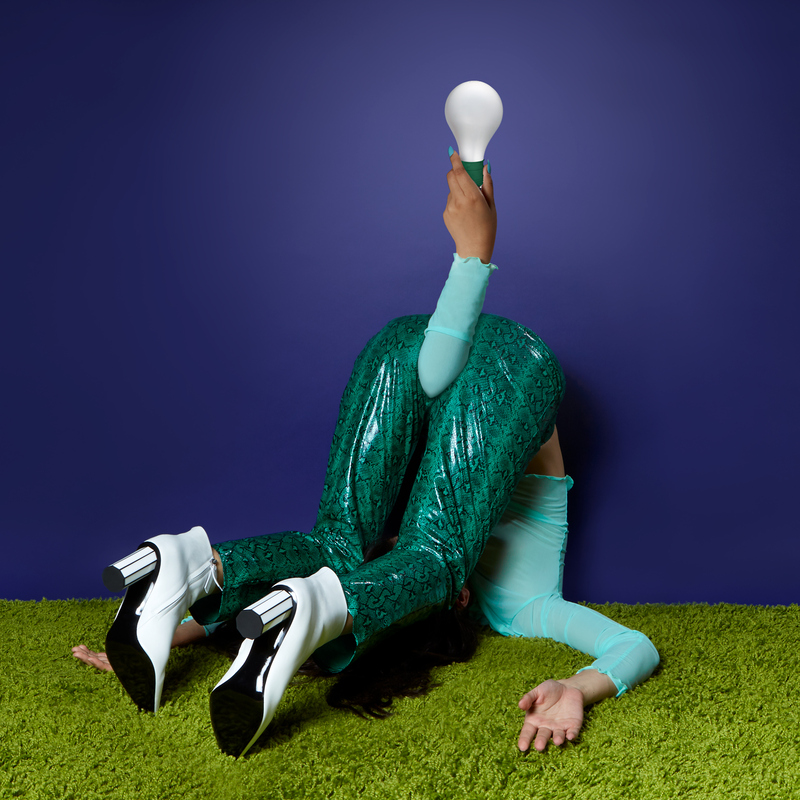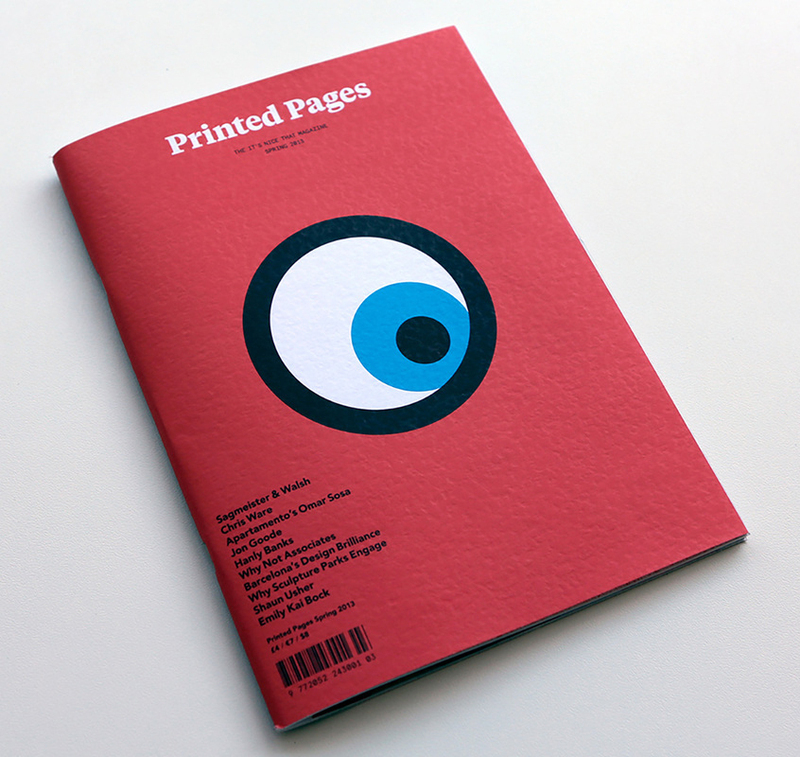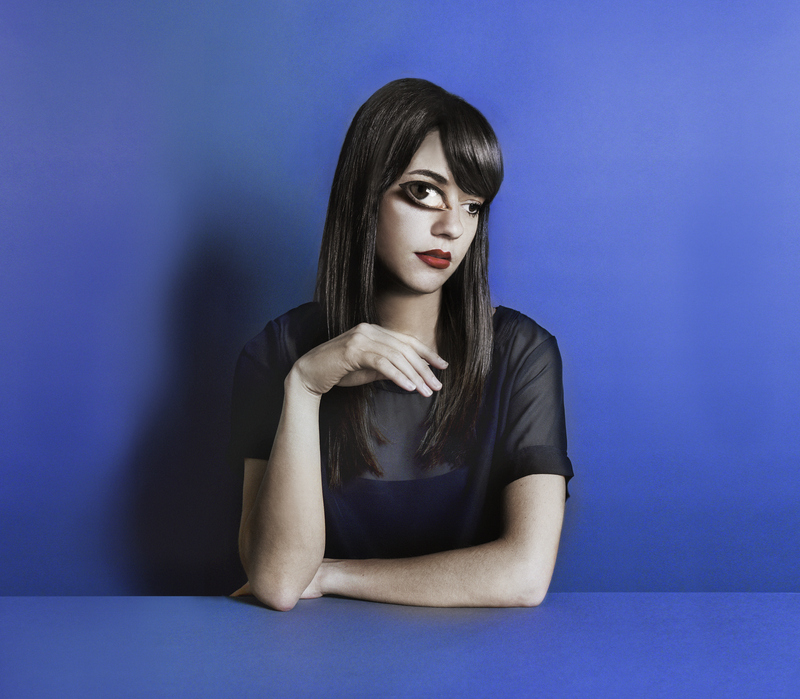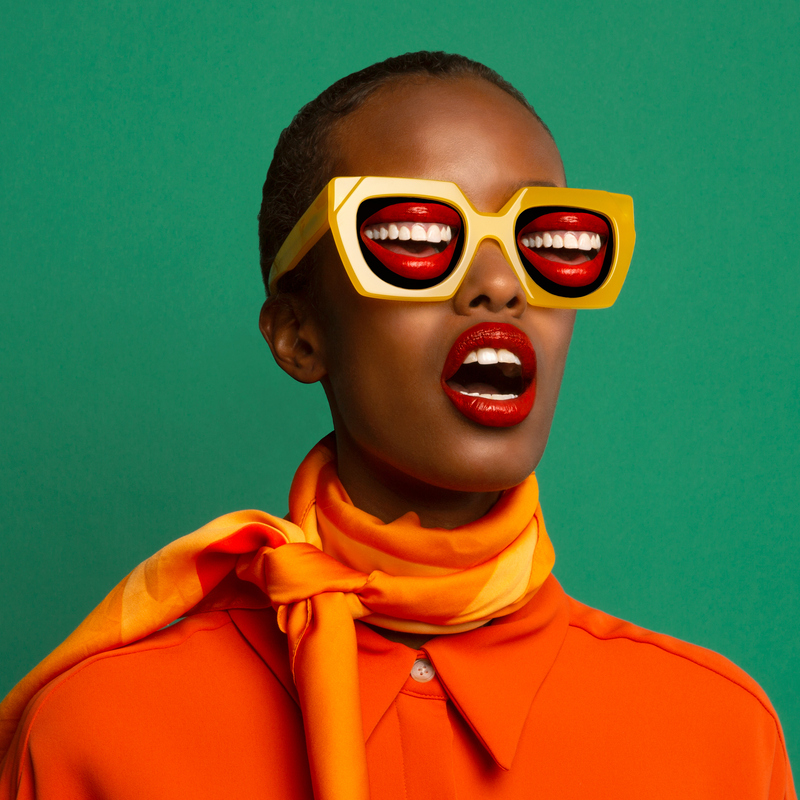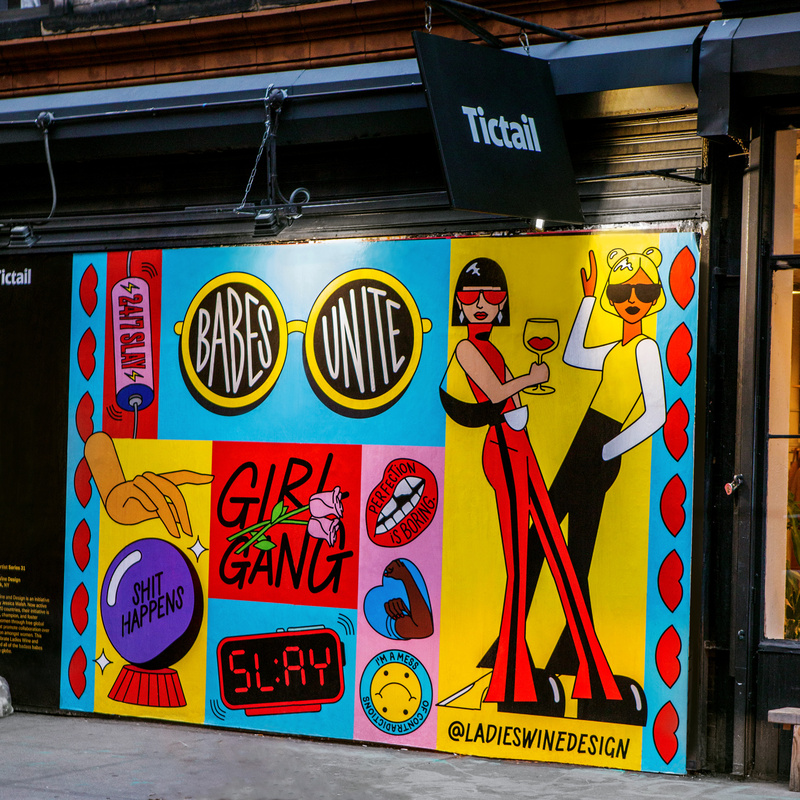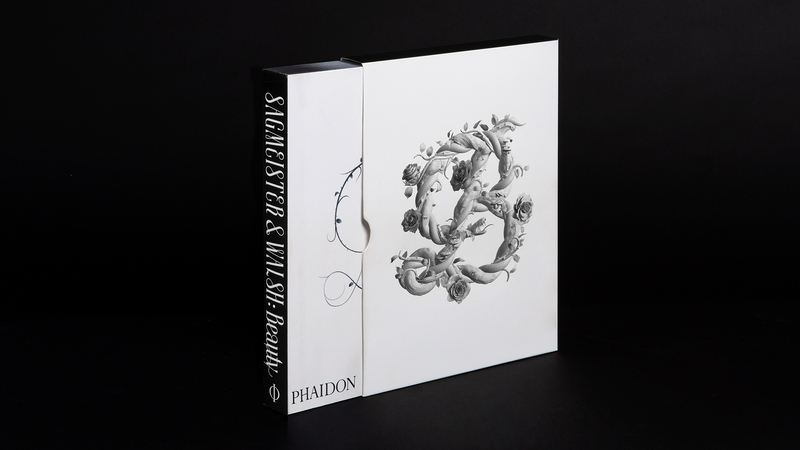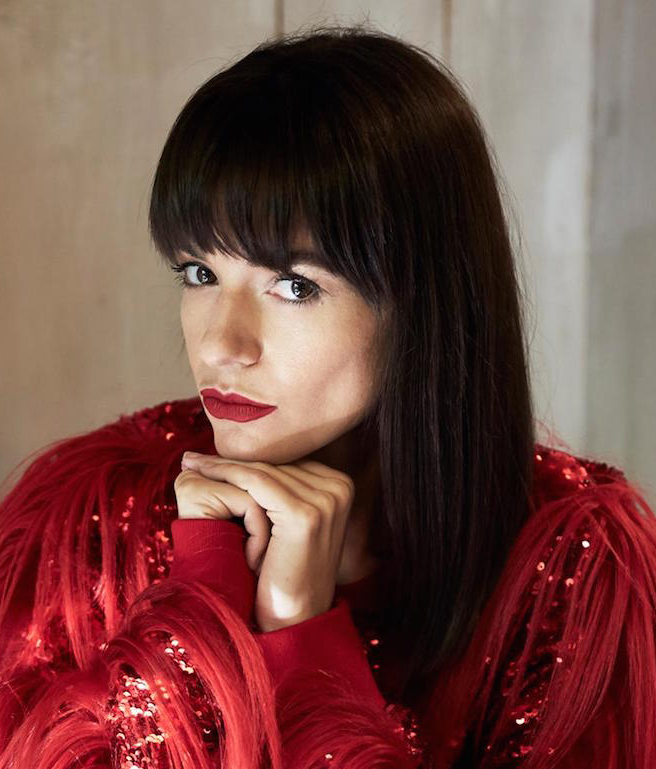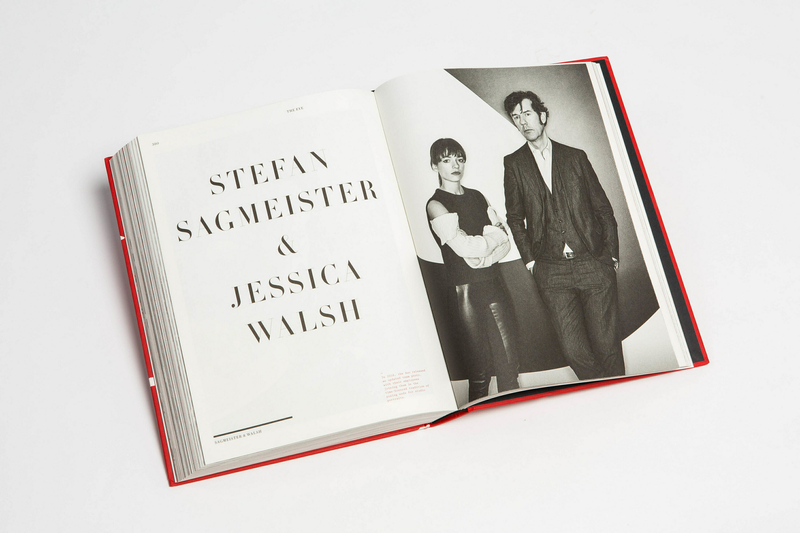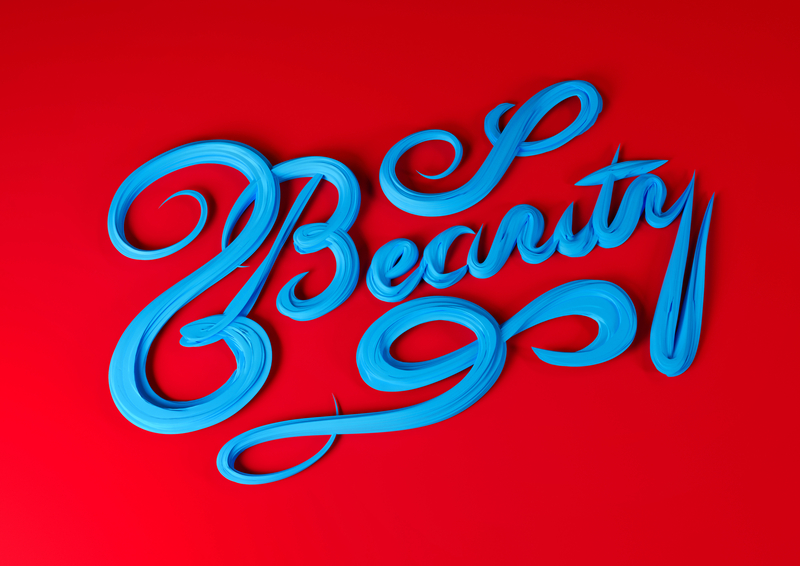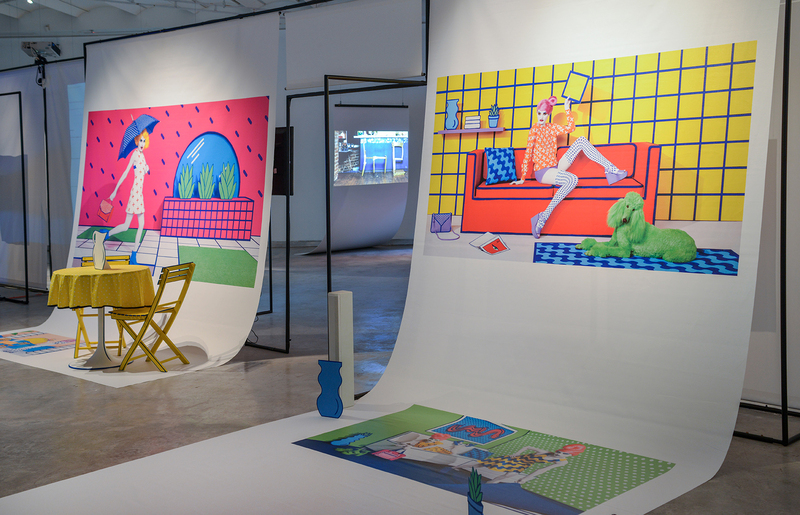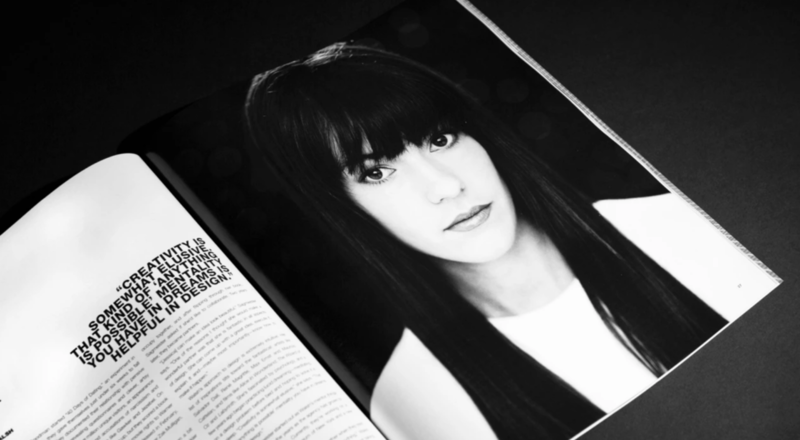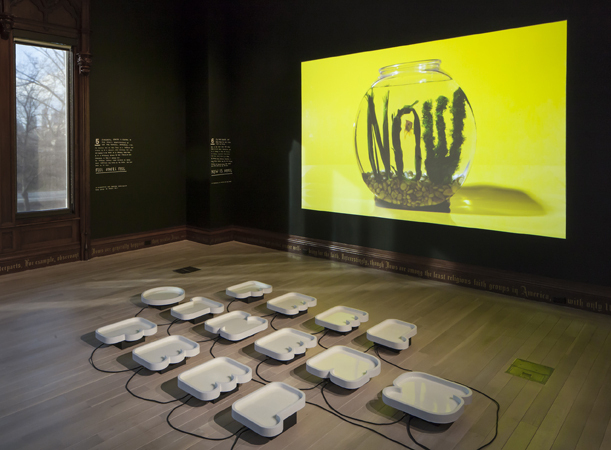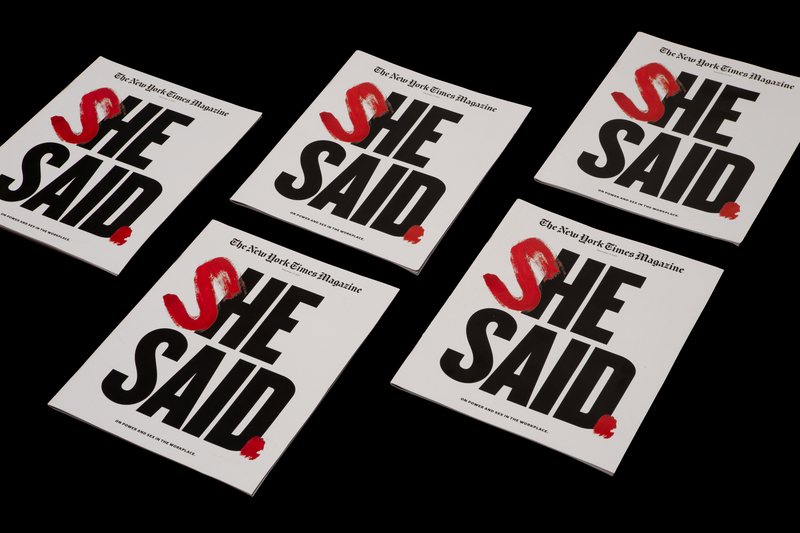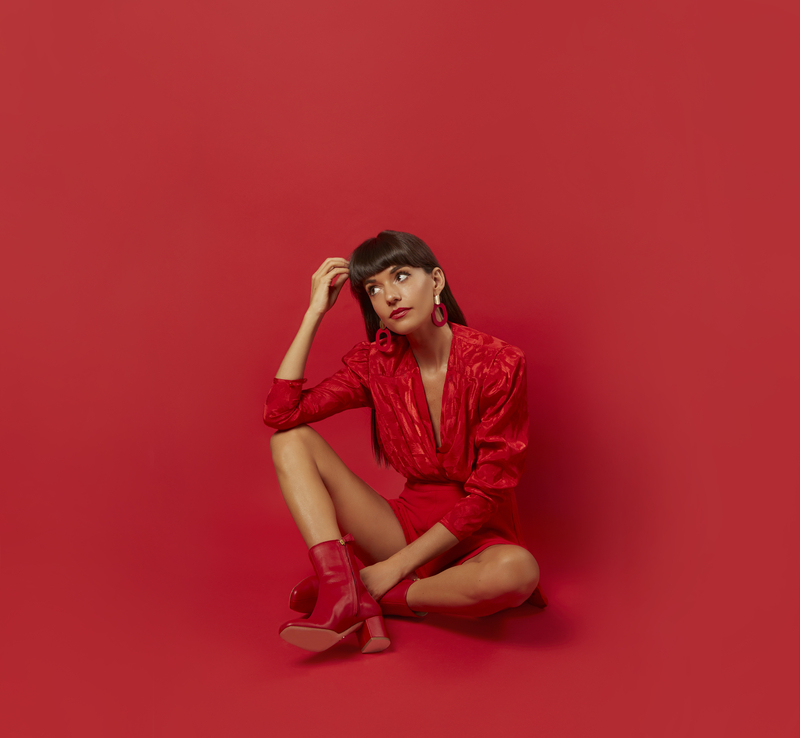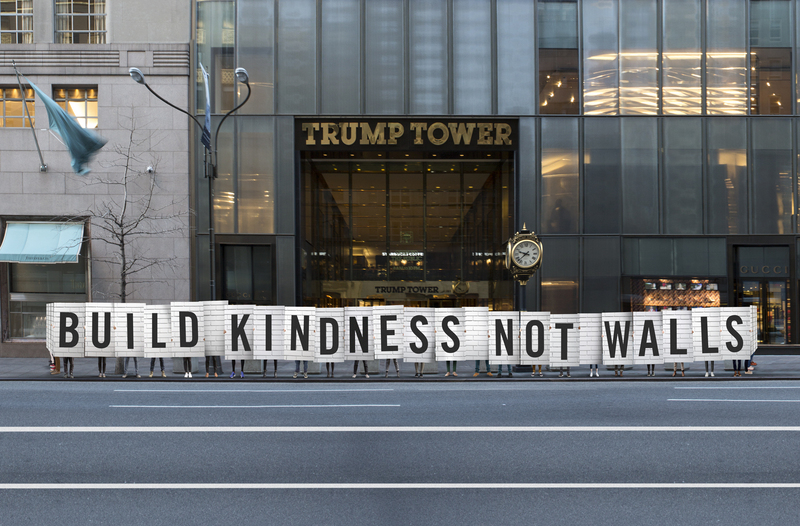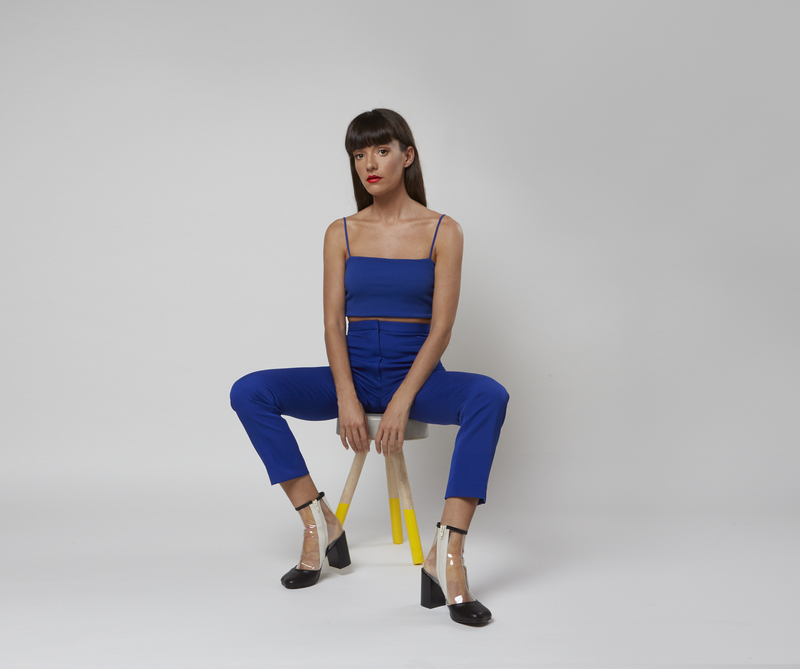So, you're graduating design school and ready to find your first job. Or maybe you’ve had a job for a while, but you're ready for your next opportunity. Great! Now the daunting part: putting together your portfolio, making a website & getting hired.
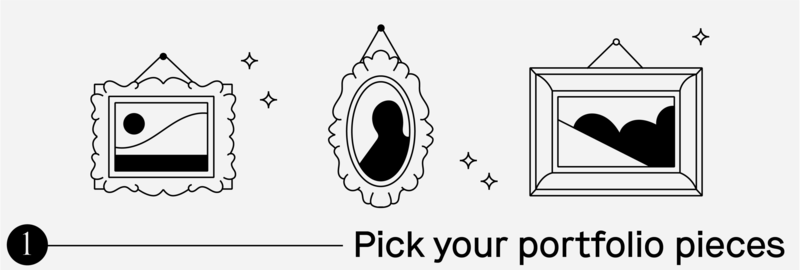
I personally prefer quality over quantity with portfolios. I would much rather see 5 strong pieces than have to sift through 20 mediocre ones to get to the good stuff. In terms of what types of projects you decide to show in your portfolio, this depends on how desperate you are for the job. If you really need a job ASAP, consider tailoring the portfolio to the jobs you're applying for. Think strategically about what they’d want to see based on the type of work they make or the role they are looking for.
If you’re not in a rush to get a job and want to hold out for the right opportunity, consider what work you enjoy doing most. The work you show in your portfolio is often the work you get hired for. You may want to skew your portfolio towards work you love doing most & want to be making in the future.
If you ask 10 people their opinion on which portfolio pieces you should include, you’ll probably get different answers from everyone. So, don’t get too caught up in other people’s opinions. Trust your instincts and show the work that speaks to you
the most.
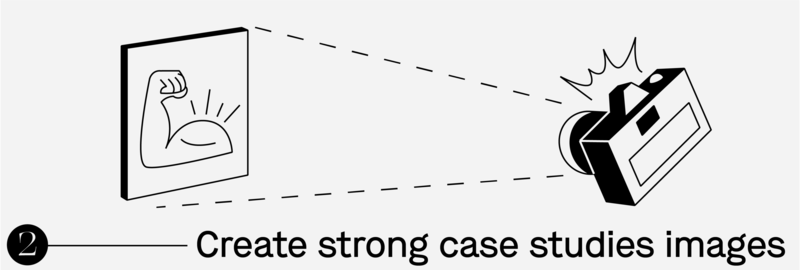
You can have great work, but if it’s not presented properly, it can ruin the look & feel of the project on your website. It can be quite costly to hire a real photographer, but if you're able to do this professionally, wonderful! If not, there are many cheap solutions.
If you’re feeling ambitious, you can photograph case study images yourself. There are many affordable solutions for this, from light boxes to DIY tutorials teaching you how to shoot studio-style imagery. Or, maybe there's a photographer you know of or you've seen on social media who would do a trade swap. You could design their website, they do your portfolio photos? Never hurts to ask.
These days, there are also many affordable tools for creating photo mockups of your work. There are websites like Pixeden, Graphic Pear or Mockup World where you can download all kinds of Photoshop templates to show off your work. Looking for a free template of a business card? Google “free business card template” and you'll find many options.
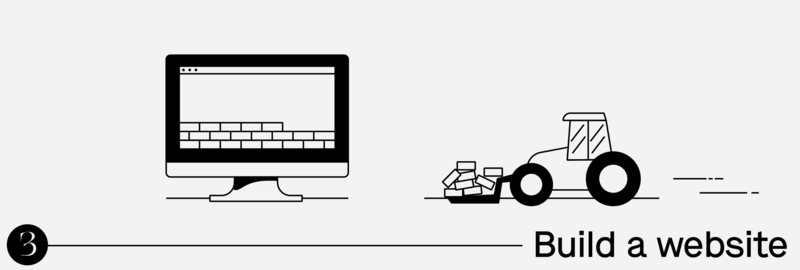
If you have the time, money or resources to design and code your own website, that’s great. If you don’t, no worries. Unless you specialize in web design and development, I don’t know anyone that hires who cares if you use website builders or premade templates. There are plenty of beautiful website templates or website builders such as Wix, Peeky, SquareSpace, Format, Cargo, Behance, among many others.
You do not need a printed portfolio. We do not even accept printed portfolios at our studio. If your school tells you to make one, tell them I said that it's 2020 and it's time to update their outdated requirements. Save the paper.
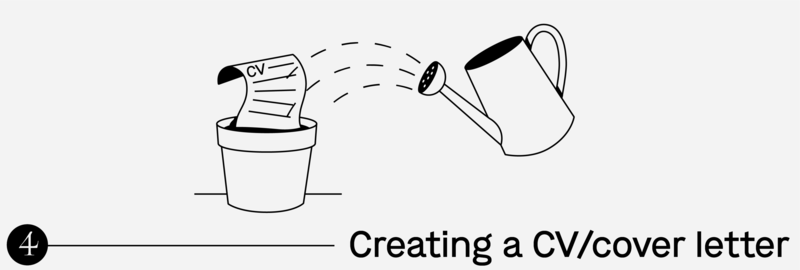
To be honest, I’ve rarely ever looked at a designer’s CV/resume. I could care less where someone went to school or if they were self-taught. I hire entirely based on portfolios. A portfolio can tell you how strong someone is formally, conceptually & technically. Looking at someone’s portfolio can also tell you a lot about their interests, passions and skill level (i.e., do they do personal projects? Are they set in one type of style, or do they like to experiment with many?).
With that said, many studios/agencies/companies will look at your resume, especially if it's a larger firm with a recruiter or HR team. I do look at resumes for our other roles, such as our producer, project manager & accounts roles. My advice is to use spell check. Sounds simple, but I can’t tell you the number of resumes I’ve seen for people applying for accounts roles who have multiple errors throughout their resume. If you don’t take the time to carefully check your resume, it’s a sign that you aren't detail-oriented.
In terms of the design of your resume & cover letter, there are multiple ways you can go with it. I’ve seen successful applications where the designers went crazy doing something amazing, but I’m also happy when designers keep it simple. If you’re ambitious & want to make a CV really interesting, ownable and memorable, go for it. The danger is that if it's not super well done, it can also become a distraction and hurt your chances of getting the job. So, if you don’t have the time to go all-in, you can also play it safe and just use nice typesetting.
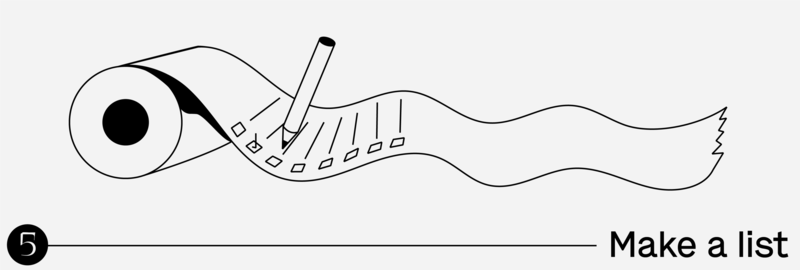
Create a list of all the top studios or designers you’d like to work for. You can find a list of studios on Studio Index, which is broken down by city. I suggest to first prioritize applying to places that are making the work you wish to be making one day. Once you have your portfolio, CV & cover letter ready, time to apply!
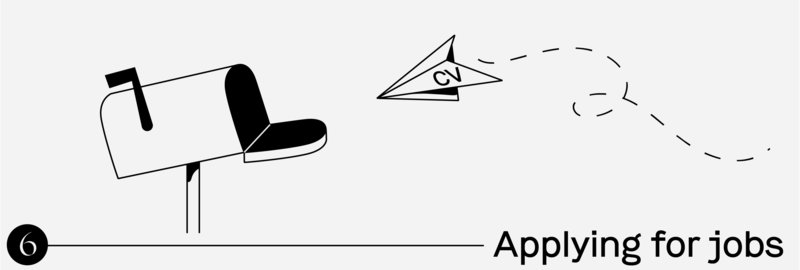
My advice is to carefully read the application process for the place you are applying to. Check the guidelines and apply according to the format requested. Have a friend or a family member read over important emails before they go out.
For applications to our agency, I ask that everyone sends a website url with a portfolio, along with a short description of who they are, their availability (i.e. Start date? Full time or part-time?), their location (Are they interested in on-site or remote work?), among other key details. I also ask that people title the email with the position they are applying for and their name, i.e. “Branding Position —Your Name Here”
Funny story: I can’t tell you the number of emails we get where people literally write “Branding Position —Your Name Here” as the header without switching “Your Name Here” for their name. Also, so many people forget to send their links or attachments. We get thousands of applications, so people who forget to send their portfolios are not considered for the role. Check your applications and emails over a few times. You don't want to lose out on a great opportunity because of an oversight.
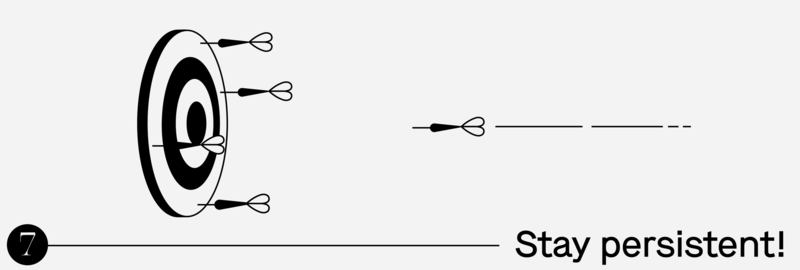
People often ask me what I look for in a portfolio. I look for a few things: 1) People with strong formal design skills. This means an understanding of color, typography, form, composition, etc. 2) People with conceptual abilities who can come up with smart ideas, understand humor, and/or an understanding of brand strategy. 3) People who will bring a different skill set or talent to our team such as animation or illustration 4) People who bring a unique style, point of view or perspective to our work. Diversity makes our work stronger.
If you have a dream job, don't give up. Some people have applied 5-10x to our agency before getting hired. Keep working on your craft, keep improving your portfolio, keep emailing the places you're determined to work with.
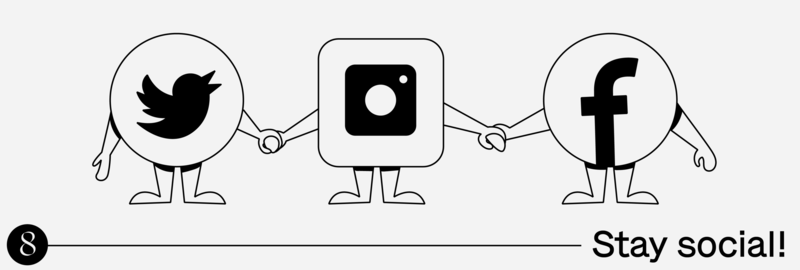
Social media is a great way to connect with people you admire and get on their radar. I’ve found numerous designers and illustrators we ended up hiring through Instagram! I suggest interacting with the designers' & studios' accounts that you like and eventually write them a thoughtful DM with what you are looking for: a job or if you want to meet with them for a portfolio review. It helps if you write them from your work/portfolio IG account, so if they click through, they can easily see the work you do without going on a computer. If they are very well known in the industry, don’t be bummed if you don’t get an answer. I personally receive hundreds of messages every day, it's impossible for me to reply to everyone. Stay persistent and keep trying.
—
Written by Jessica Walsh
